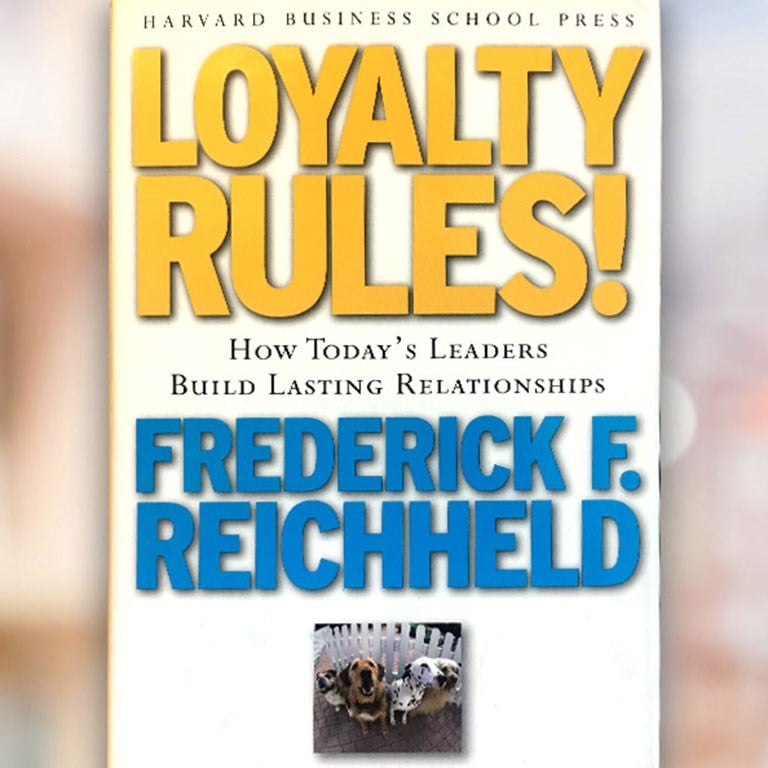Harvard Business Review
The full version of this article is available on Harvard Business Online (subscription required).
The Idea in Brief
Getting the right people on board—and then all enthusiastically pulling in the right direction—has bedeviled organizations since the time of wooden ships, when the most popular form of motivation left lash marks. Today’s corporate helmsmen may be more enlightened, but they still face the same challenge. How can a company transform its frontline crew into a meritocracy that pulls together?
Recently, a handful of firms have addressed this problem by tying rewards to team performance and putting customers and employees, rather than bosses, in charge of performance rankings. Some of these trendsetters are well-known global players, such as Enterprise Rent-A-Car; others are less well-known, such as Applebee’s restaurants, located largely in the United States, and Ireland’s Superquinn grocery stores. But all link frontline performance rankings to customer and peer feedback, not just to productivity. And they use simple metrics that can be applied to compensation, promotions, and career transitions.
Reward exceptional hiring. Enterprise, one of the world’s largest car-rental concerns, rewards managers for how well their reports serve customers. For managers to get promoted, their branches must deliver customer service at or above the average for all comparable branches. Success is judged by a metric called the Enterprise Service Quality index (ESQi), which shows the percentage of customers who rate a branch five out of five when asked if they were completely satisfied. If a branch doesn’t achieve or exceed the company’s average feedback score, the entire team is ineligible for promotion. In many branches, teams have also introduced a voluntary weekly metric called The Vote, in which team members hold an open discussion and rank one another on how well each has helped to create outstanding customer service. This personal accountability for team success has led to higher ESQi scores.
Tap that extra 10%. Inspiring even the best employees to give their all requires setting clear goals that are more personal and immediate than a mandate to maximize overall profit. At Superquinn supermarkets, perks are determined by employees’ influence on customers’ spending. Recently the staff (called “colleagues” at Superquinn) in the bakery at one store was given a challenge: Increase the number of “households” (based on the Superquinn loyalty card) that purchase from the bakery. The reward was a helicopter trip around a local bay. The team set up a doughnut cooker inside the main entrance, offered every shopper a taste, and guaranteed the doughnuts’ freshness. As a result, the number of households that purchased from the bakery increased from 75% to 90%—and all 20 bakery colleagues won helicopter rides.

Loyalty Rules!
Learn more about how today's loyalty leaders build lasting relationships.